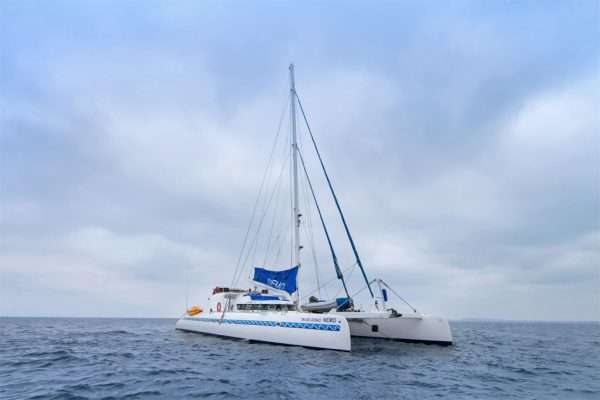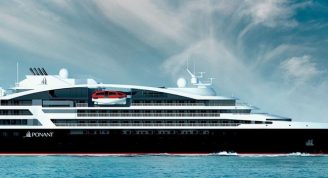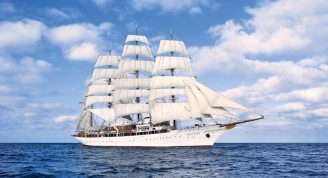Description
Our 5 days itinerary combines the incredible shark canal out off the coast of Isabela with best flamingo lagoons of Galapagos, and spectacular snorkeling around Devil’s Crown. The albatross and booby colonies and marine iguanas on Española promise to be next highlight! Most elder islands of Southeastern Galapagos have azure bays and striking beaches of white coral sand, which are favorite place for large colonies of sea lions. The visit to the Charles Darwin Research Station will be a nice conclusion of your cruise.
Walk at a short distance past blue-footed boobies, Nazca boobies and waved albatrosses, whilst courtshipping, mating, breeding, nurturing or learning to fly (depending the season). Española is the sole option for those eager to admire synchronous courtship dances of the only tropical albatross in the world.
These almost extinguished volcano islands in the south-west are geologically eldest, where evolution has had enough time to create plenty endemic species. Striking coral sand beaches at azure bays are favourite places for large colonies of Galapagos sea lions. En route you can also observe marine iguanas, whitetip reef sharks, American flamingos and – if lucky – even Galapagos penguins. In the Charles Darwin Research Center on Santa Cruz you will learn more on the successful captured breeding programs of the emblematic giant Galapagos tortoises.
For many Devil’s Crown is Galapagos deep water snorkelling site number one, and one of the very highlights of their cruise. Besides that this route also offers plenty possibilities for optional scuba diving.
Please Note: Christmas net surcharges: Dec 21-27: USD 300 pp; Dec 24-27: USD 200 pp; Dec 24-31: USD 350 pp; Dec 27-31: USD 250 pp. New Year net surcharges: Dec 31-Jan 4 USD 250 pp; Dec 31-Jan 7: USD 350 pp; Jan 4-7: USD 200 pp.










